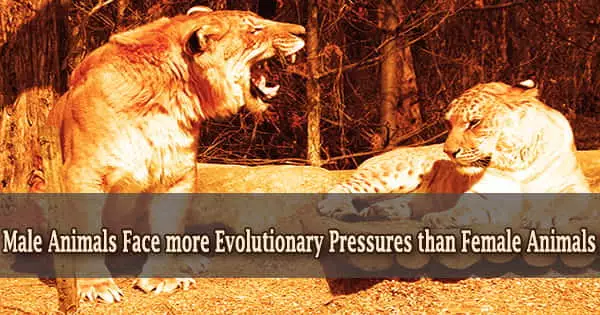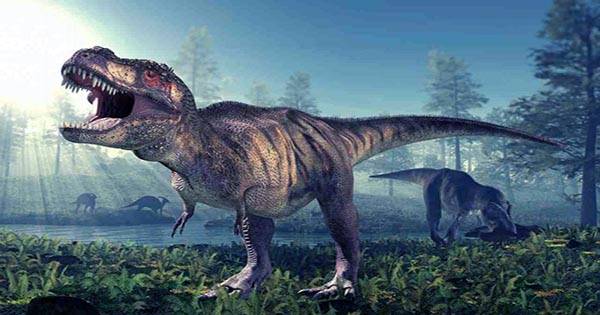According to a study published in the open-access journal eLife, male animals are subjected to higher selection pressures than females, which may help populations to adapt to environmental change more quickly.
The research backs up one of the long-held beliefs that sexual selection aids adaptation: that higher selection on men helps them to rid the population of genetic changes that impair survival fitness.
Sexual selection is a type of selection that occurs as a result of competition for mating partners and/or reproductive cells (their eggs or sperm). The two sexes of a species have different outward appearances, which is known as sexual dimorphism.
While some sexual dimorphism is assumed to have developed by natural selection, the majority is thought to have evolved through sexual selection. In marine animals, sexual dimorphism in body size is prevalent, but it varies greatly.
For over a century, scientists have assumed that sexual selection is the ultimate selective force behind the disparities in reproductive success and life history that we detect between male and female animals. Little is understood, however, about how sexual selection interacts with other environmental constraints to influence population demography and adaptive capacity.
Throughout their lives, living creatures accrue mutations, some of which help them grow more suitable for survival and others which have no value and may even be harmful (called deleterious mutations).
If sexual selection leads to the higher net selection or overall purifying selection against harmful mutations in men rather than females, it is expected to enhance evolutionary adaptability.
Our knowledge on whether such stronger sexual selection on males translates into the stronger net selection to females is still limited.
Lennart Winkler
Because a population’s productivity is determined by the capacity of females to reproduce, higher net selection on males helps a population to swiftly eliminate harmful mutations and adapt to their environment at a lesser cost to the population, perhaps reducing the danger of extinction.
“Our knowledge on whether such stronger sexual selection on males translates into the stronger net selection to females is still limited,” says first author Lennart Winkler, a Ph.D. student at TU Dresden, Germany.
“Previous studies have used the phenotypic variance of fitness to measure net selection, but its relevance has been questioned. An alternative measure is the organism’s genetic variance of fitness. We used both measures to show whether net selection is generally stronger on males across a broad range of species.”
The researchers conducted a thorough literature search and generated 101 paired estimates of male and female genetic variations for two key aspects of an organism’s fitness: reproductive success and longevity, across 26 species.
They next looked to see if the phenotypic and genetic variants were matched and if the genetic variances showed consistent sex differences. Males would have more genetic variation in reproductive success, but not in lifespan, they expected.
They discovered that in both men and females, the phenotypic variance of longevity but not of reproductive success predicted the genetic variance. Importantly, however, men had a higher phenotypic variance of reproductive success than females, resulting in a male bias in genetic variance.
Polygamous animals showed this sex difference, whereas monogamous species did not. In the case of longevity, however, there were no significant sex differences in phenotypic or genetic variance.
“Our results have two major implications,” says senior author Tim Janicke, a researcher at the Centre d’Ecologie Fonctionnelle et Evolutive in Montpellier, France.
“First, phenotypic variance of reproductive success is a poor predictor of purifying selection against deleterious mutations. Second, our findings provide support for the prediction that net selection is generally stronger on males compared to females, which may not only bolster local adaptation but can also reduce the risk of extinction when populations face challenging environmental conditions. Therefore, our results support the idea that sexual selection can play a pivotal role in the evolutionary rescue.”
Male competition for females has resulted in the evolution of a wide range of sexually dimorphic features that may be useful to males as weapons in aggressive rivalry or as sexual displays. Understanding the variety of sexually dimorphic characteristics and their taxonomic distribution can reveal information about the sexes’ mating practices, behavior, ecology, and evolution.
















